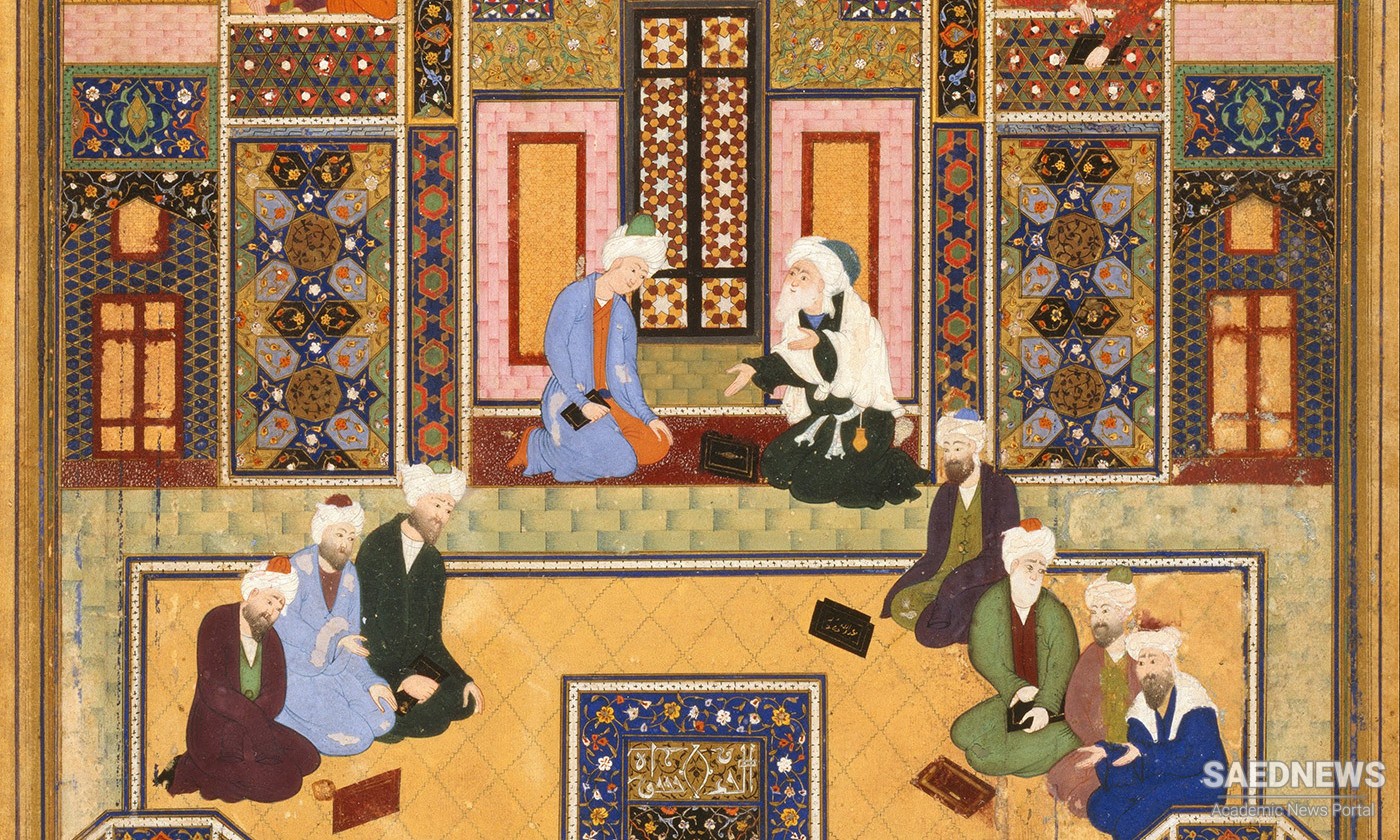What we know of him is through his major work, Ṣiwān al-ḥikmah, and his student Abū Ḥayyān al-Tawḥīdī’s writings. Sijistānī, in pursuit of a more cogent scholarly ambiance, went to Baghdad and joined the school of Yaḥyā ibn ʿAdī, a learned Christian scholar from whom Sijistānī learned the ancient sciences, as well as Arabic literature and poetry. Baghdad at the time had reached a fascinating degree of acculturation in which different religious groups such as Muslims, Jews, Christians, Sabaeians, and Mazdaeans, unified by their common interest in ancient sciences, worked together. Sijistānī, who had mastered Aristotle and Neoplatonism, also pursued some of the occult sciences of late antiquity.
Sijistānī and his intellectual circle were deeply concerned with the integration of ancient philosophy into the Islamic religious perspective. Al-Tawḥīdī tells us that Sijistānī belongs to the Baghdad school of philosophy, and was opposed to the type of harmonization to which the Bretheren of Purity adhered. Sijistānī is often included among a group of thinkers who have been referred to by some scholars as Islamic humanists. While Sijistānī emphasized the use of reason, he did not deny the significance of religion. Religious faith as a phenomenon remains an integral part of people’s lives, whereas the use of reason, Sijistānī maintained, is appropriate for the intellectual elite.
Sijistānī attempted to bring about a rapprochement between grammarians and logicians. He argued that grammar and logic are essentially two distinct aspects of the same phenomenon. Logic, he maintained, is inclusive of the internal aspect of expression, whereas grammar governs their external dimension. Sijistānī argued that logic is universal and therefore inclusive of all languages.
Sijistānī’s teleological view of the world bears resemblance to Hegel’s, arguing for a gradual progression of history toward perfection. Despite his interest in rational discourse, Sijistānī did not condemn faith as a possibility of knowledge beyond sensory perceptions, and he maintained that Greek discursive philosophy and Islamic sciences can be harmonized with intellectual intuition and religious faith.


 Early Blossoms of Human Civilization
Early Blossoms of Human Civilization














































